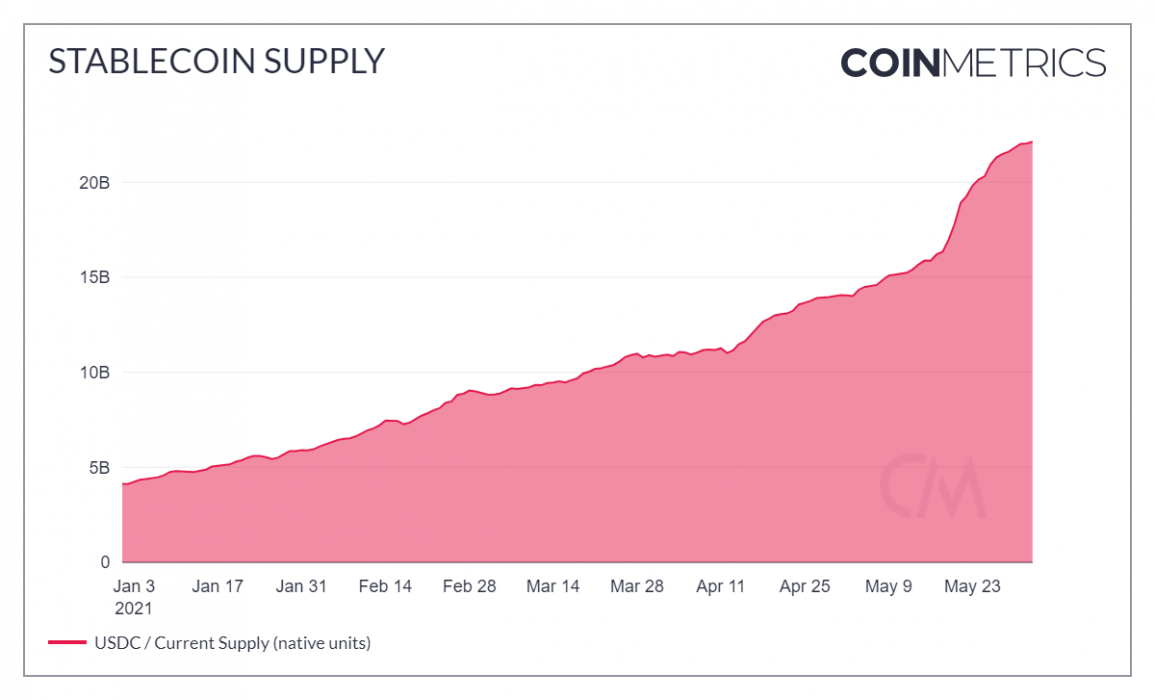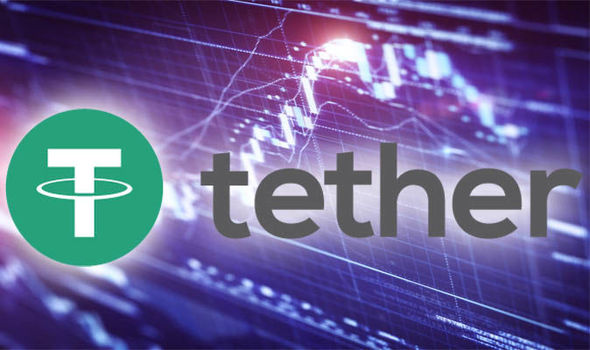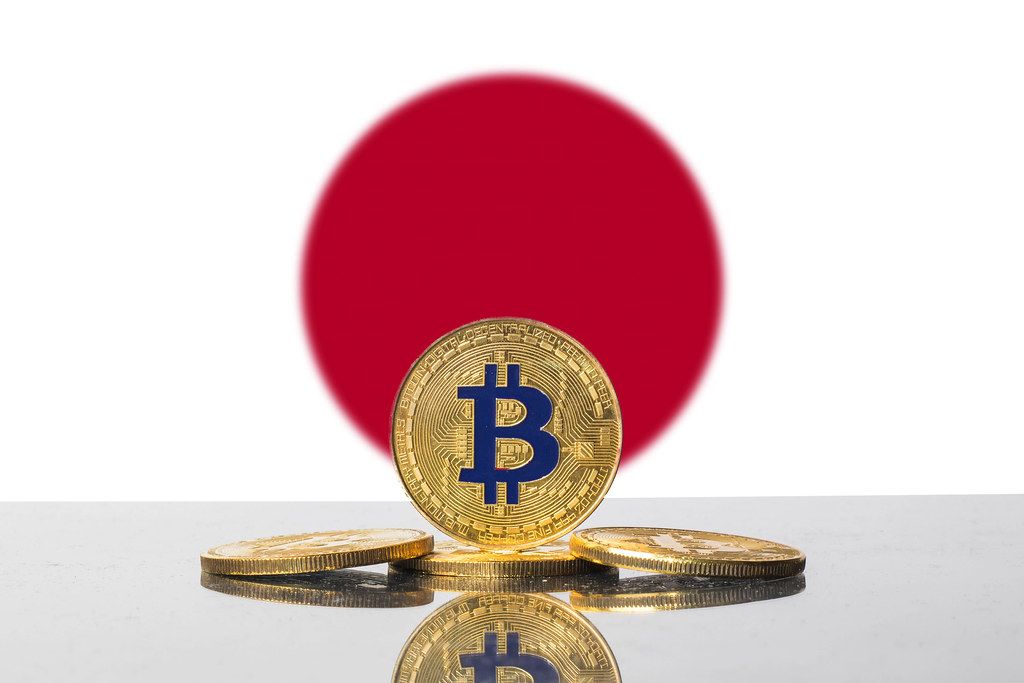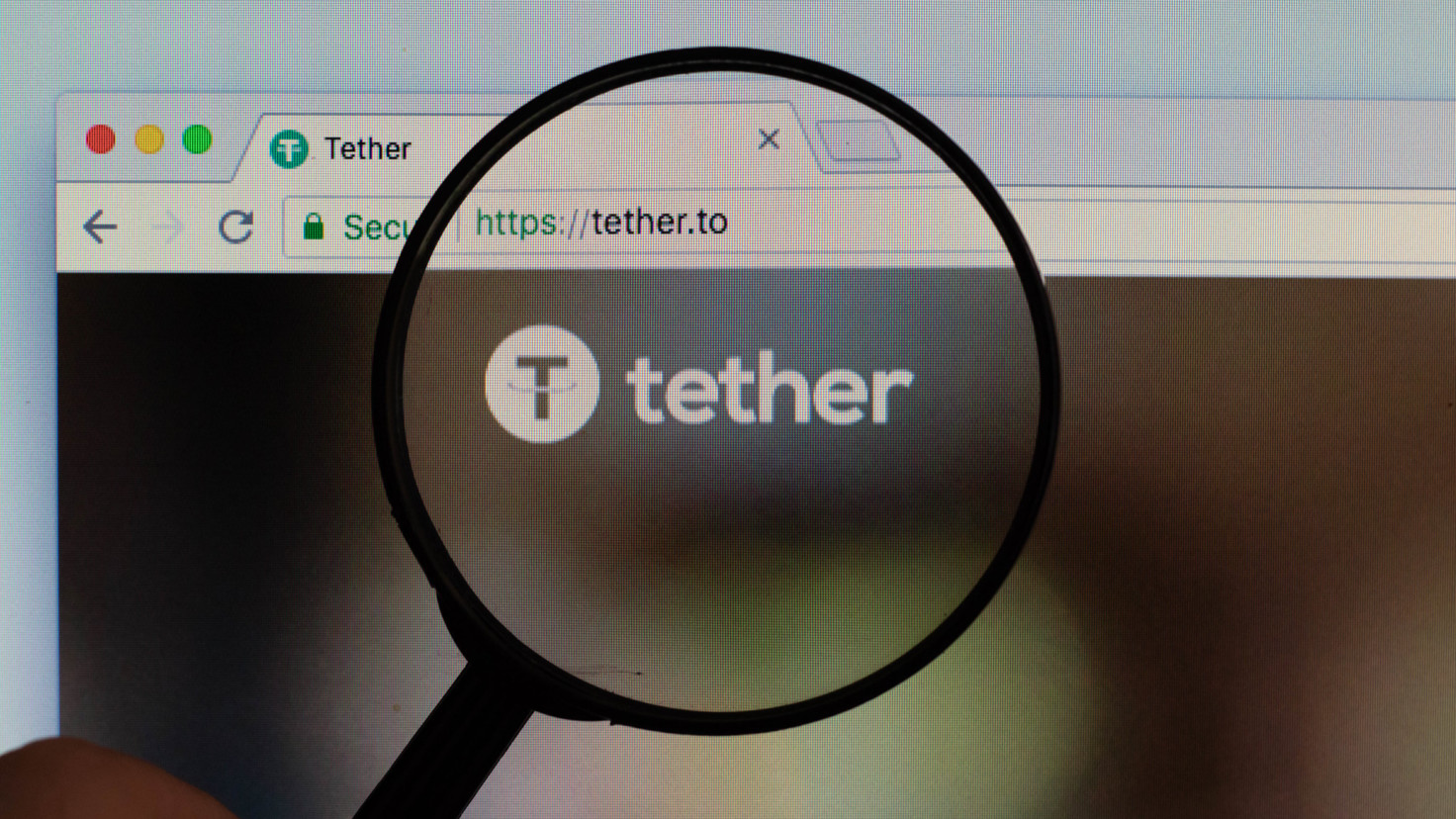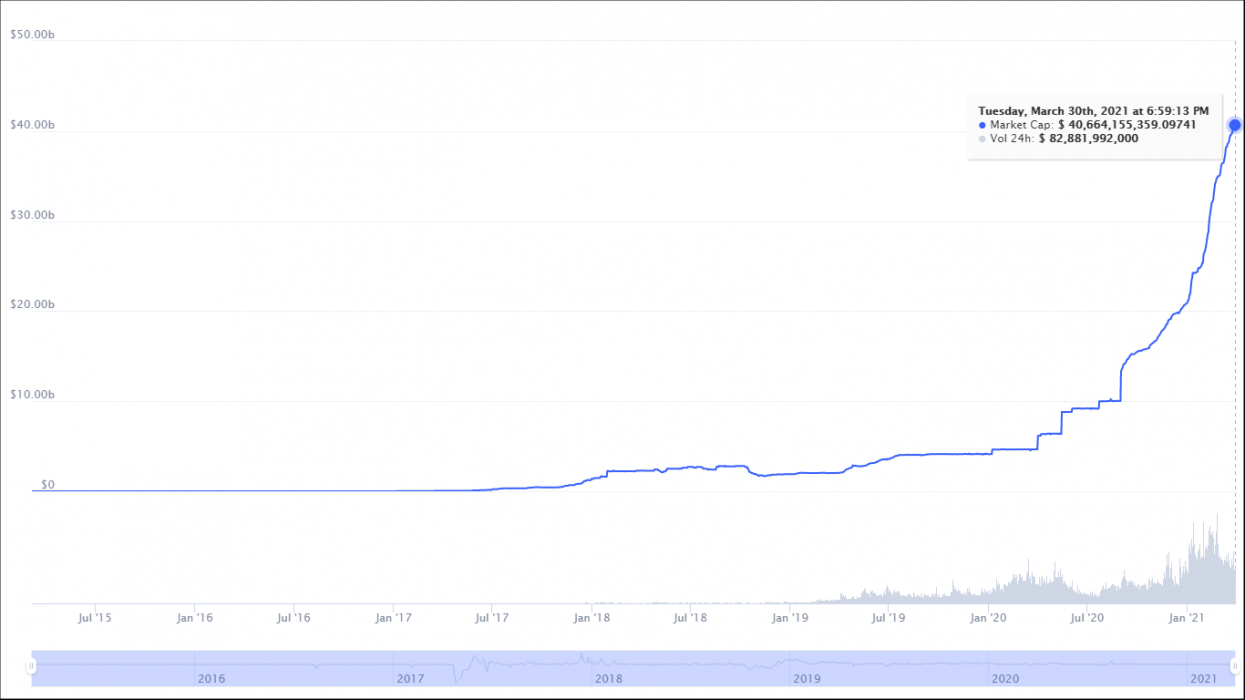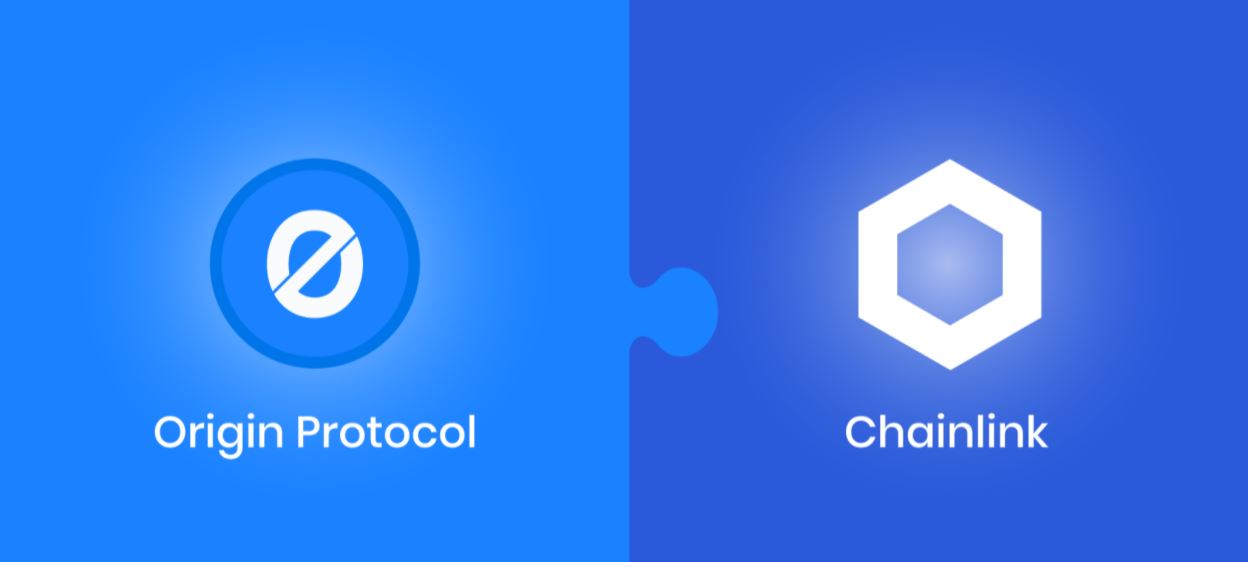Following last year’s CBDC tests – including free digital stablecoin “red envelopes” handed out to residents – China is continuing its tests to determine the usefulness of CBDCs.
The government of Xiong’an – a region situated 100km southwest of Beijing and known for acting as a testing ground for new technological developments across China – has announced that the salaries of certain residents will be paid in digital yuan, also known as renminbi (RNB).
Construction Workers’ Salaries Paid In Digital Yuan
The digital RNB salaries will be paid mainly to construction workers – at least for now. On payday, batches of RNB will be transferred from the construction company’s public wallet registered with the PBOC to the private wallets of workers.
The CBDC test run will be coordinated by the Shijiazhuang branch of the People’s Bank of China (PBOC), and will be supported by Xiong’an’s reform and development bureau management committee.
In order to carry out the test, the Chinese government designed an app based on the Blockchain Fund Payment Platform, which will assign a digital ID to each person taking part in the experiment.
In closing, the report states that the government will also be looking into ways to ensure workers can use their CBDC without the usual hassle of finding merchants that accept payment in new cryptocurrencies.
Other Countries Looking Into CBDCs
CBDCs, or Central Bank Digital Currencies, are tentative experiments being carried out in China, the EU, Ukraine, Australia and elsewhere that would bring the technological advantages of blockchain to the central banking system.



